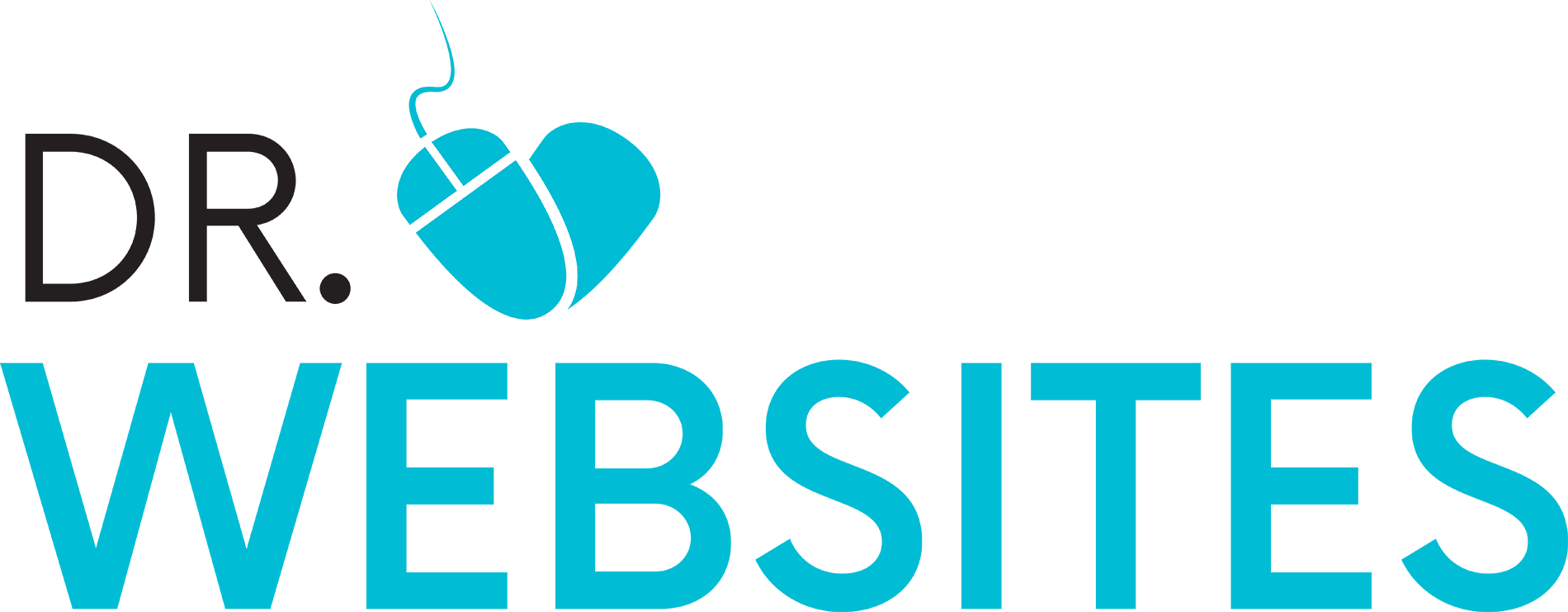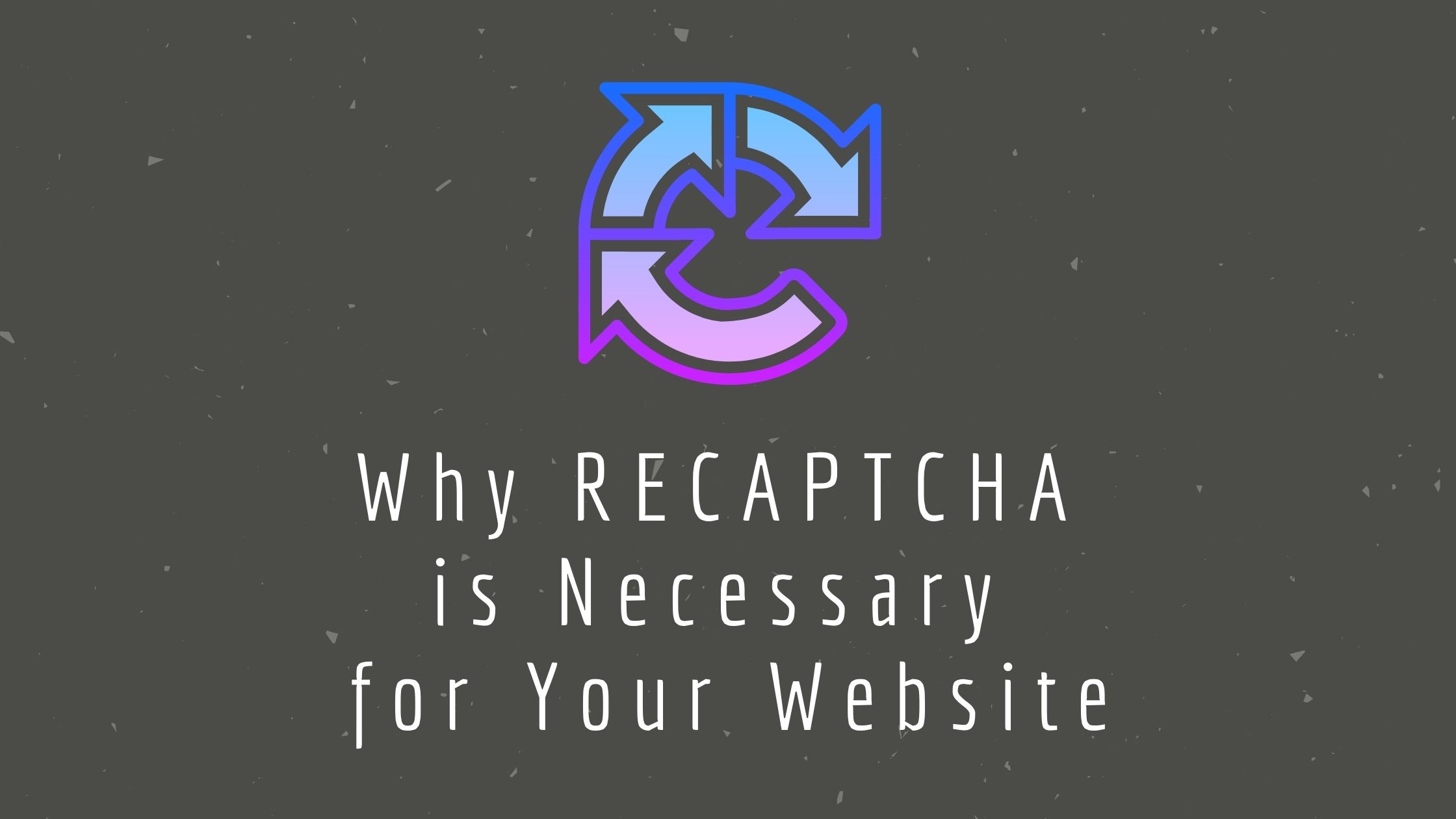Spam – a brand of canned meat used to feed US troops during WWII – was portrayed as irritating, repetitive, and impossible to avoid in a famous 1970 Monty Python sketch. This explanation aptly characterizes a whole different kind of spam – email spam – nearly half a century later.
You’re not alone if you feel like you’re drowning in spam email every day. Spam accounts for 14.5 billion messages a day, according to the website Spam Laws. This number represents 45 percent of all addresses, with some figures reaching as high as 73 percent. Spam is also a problem for businesses: According to Spam Laws, mitigating spam is a top priority for 52 percent of businesses surveyed.
An overview of spam
Spam is described as unwanted messages sent to computer users via the internet for advertisement, phishing, or malware distribution. Spam is typically sent to users in bulk emails, which is referred to as email spam.
Your dental practice can encounter unsolicited messages on instant messaging, blog comment sections, social media updates, and even your contact forms. Those who send email spam can upload an excel file to the mailing system and send thousands of emails with just one click.
If you’re not careful, spammers could use your contact form to send you mountains of unsolicited email messages to your inbox. How do you avoid these spam messages? By using RECAPTCHA.
RECAPTCHA: the antidote to spam
To begin, let’s define what a CAPTCHA is. You’ve indeed completed a CAPTCHA if you’ve ever had to sign into a website that holds sensitive data. It’s a test that determines whether an online user is a natural person and not a robot.
CAPTCHA is an acronym that stands for “Completely Automated Public Turing Test to Tell Computers and Humans Apart.” CAPTCHAs are programmed to prevent automated bots from completing them, but they are also automated. They’re designed to appear in specific locations on a website and automatically pass or fail users.
RECAPTCHA is a free Google verification tool that requires users to complete basic challenges before granting access to forms. These tests are used to decide whether a consumer is a human or a robot.
What is the purpose of a RECAPTCHA?
You can sign up for RECAPTCHA if your site is often inundated with bots and you’re tired of spam entries in your inbox. Google claims that the latest version is more secure than the previous one and offers a better user experience by preventing the need to solve a puzzle (for the most part).
As a dental practice, there are two main ways you could benefit from a RECAPTCHA on your website:
Stop spam comments. To boost search engine rankings, spammers often flood comment sections with links. RECAPTCHA removes spam comments in forum comment sections and on websites. The test ensures that only humans leave comments, and users are not required to sign in before leaving a comment.
Stop spam emails. Bots crawl websites looking for ways to send messages via WordPress contact forms because they are automated. Some bots are searching for ways to use a form to gain access to your website or email list. They may be attempting to take control of your server to spread malware or submit even more spam. Not only would a RECAPTCHA save you time dealing with spam contact form submissions, but it will also reduce the security risk of receiving phishing emails from you (or your customers).
Naturally, there are still drawbacks to RECAPTCHAs. For your potential patients, filling out the forms, especially the puzzles, can be a chore. The average time it takes to solve a puzzle CAPTCHA is ten seconds, which can cause your website visitor to become bored or annoyed. When the CAPTCHA is entered incorrectly many times, this is normal, and it has been shown to cause users to leave the site. However, they are becoming more common, and completion rates and tolerance for RECAPTCHA are increasing across the web.
So, the next time you find yourself scratching your head over a RECAPTCHA, remember that these perplexing bits of text are there for a reason: to secure your details and beat bots!

